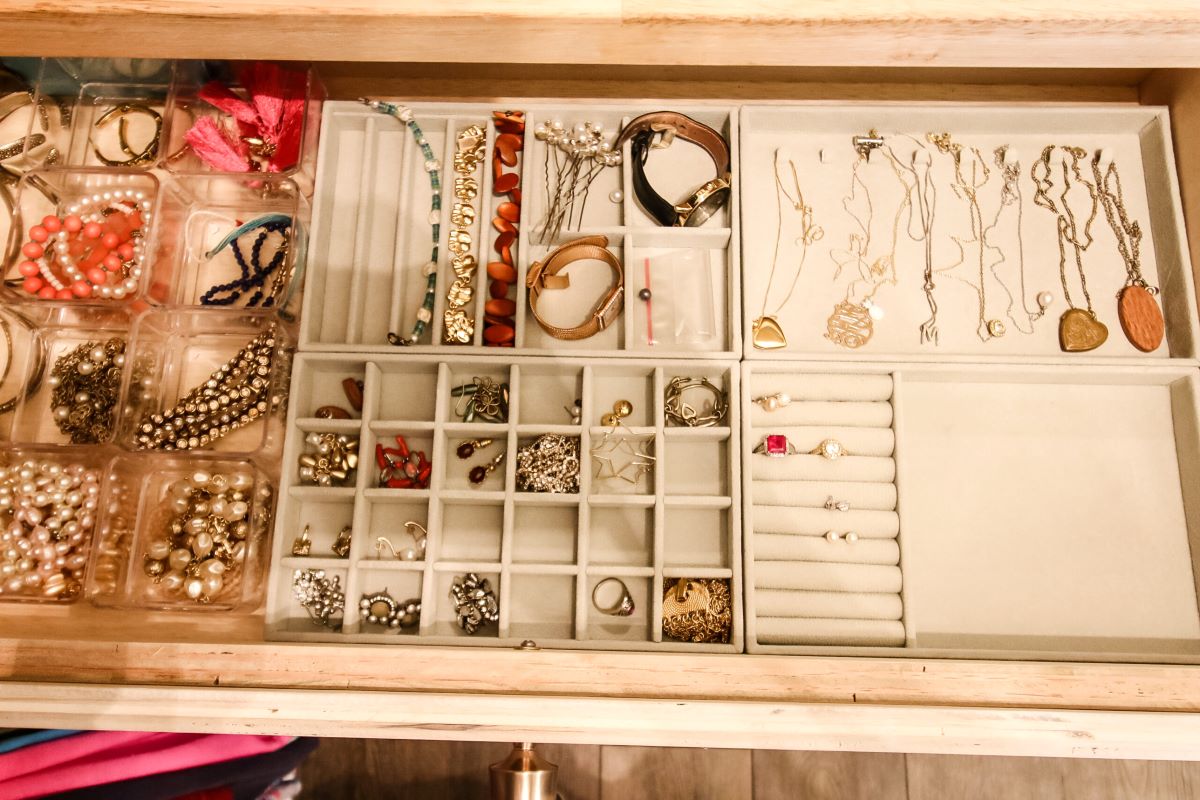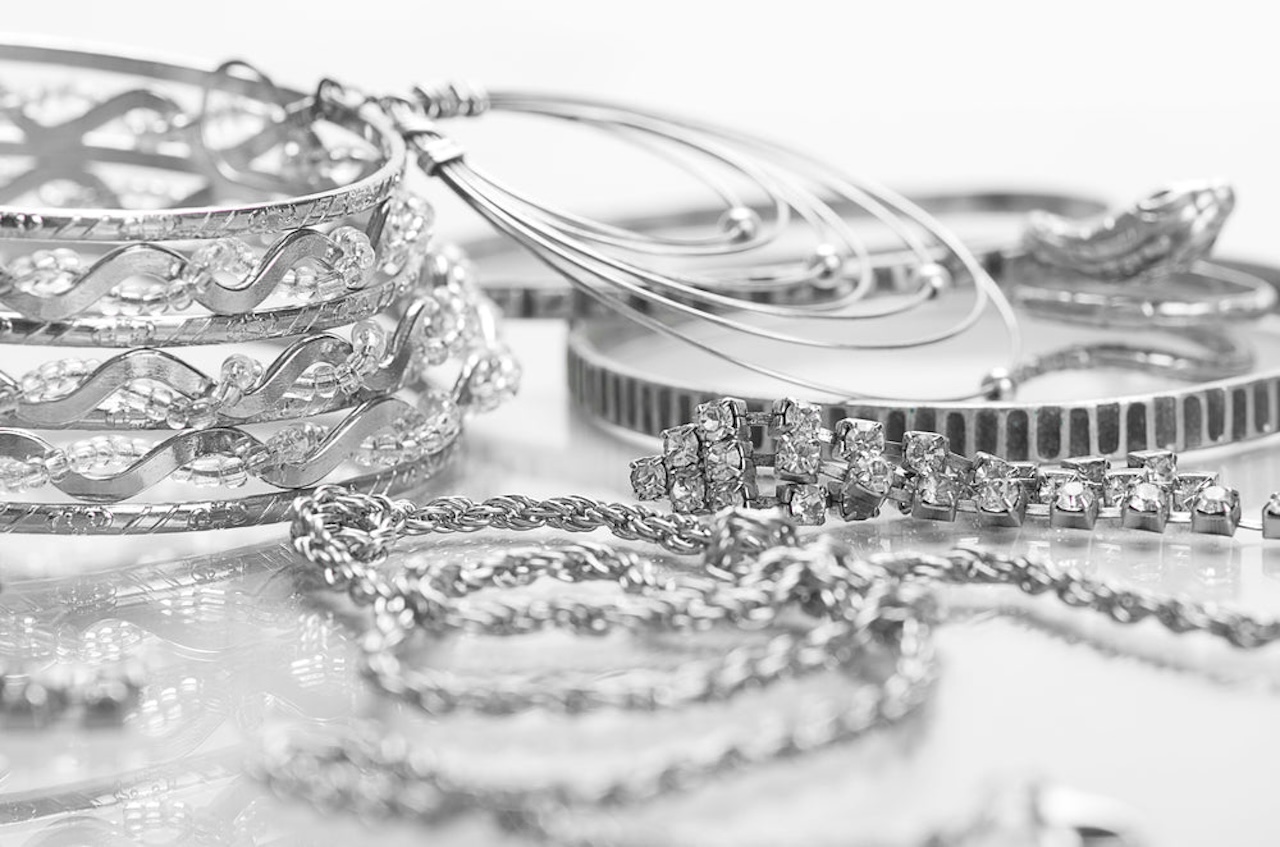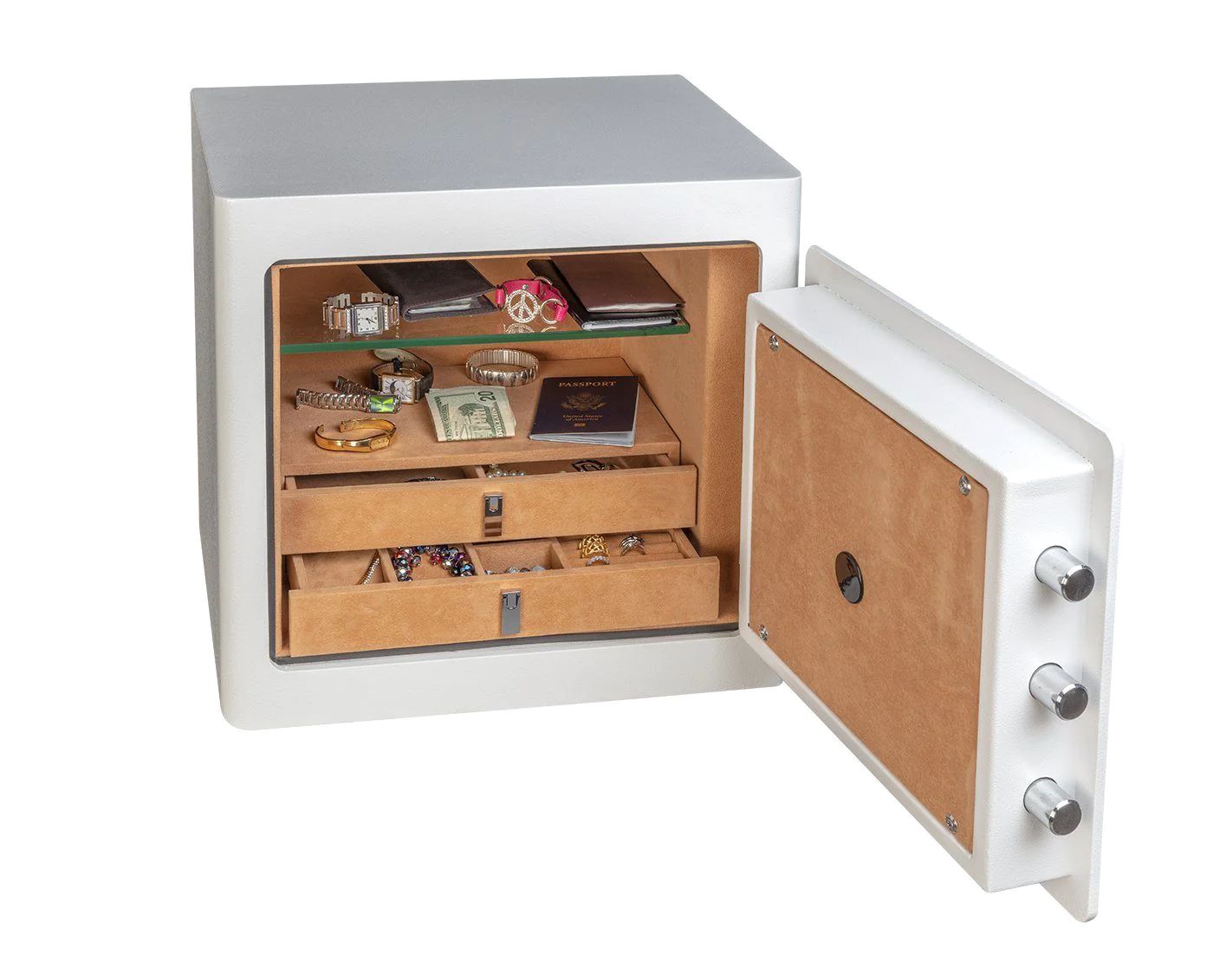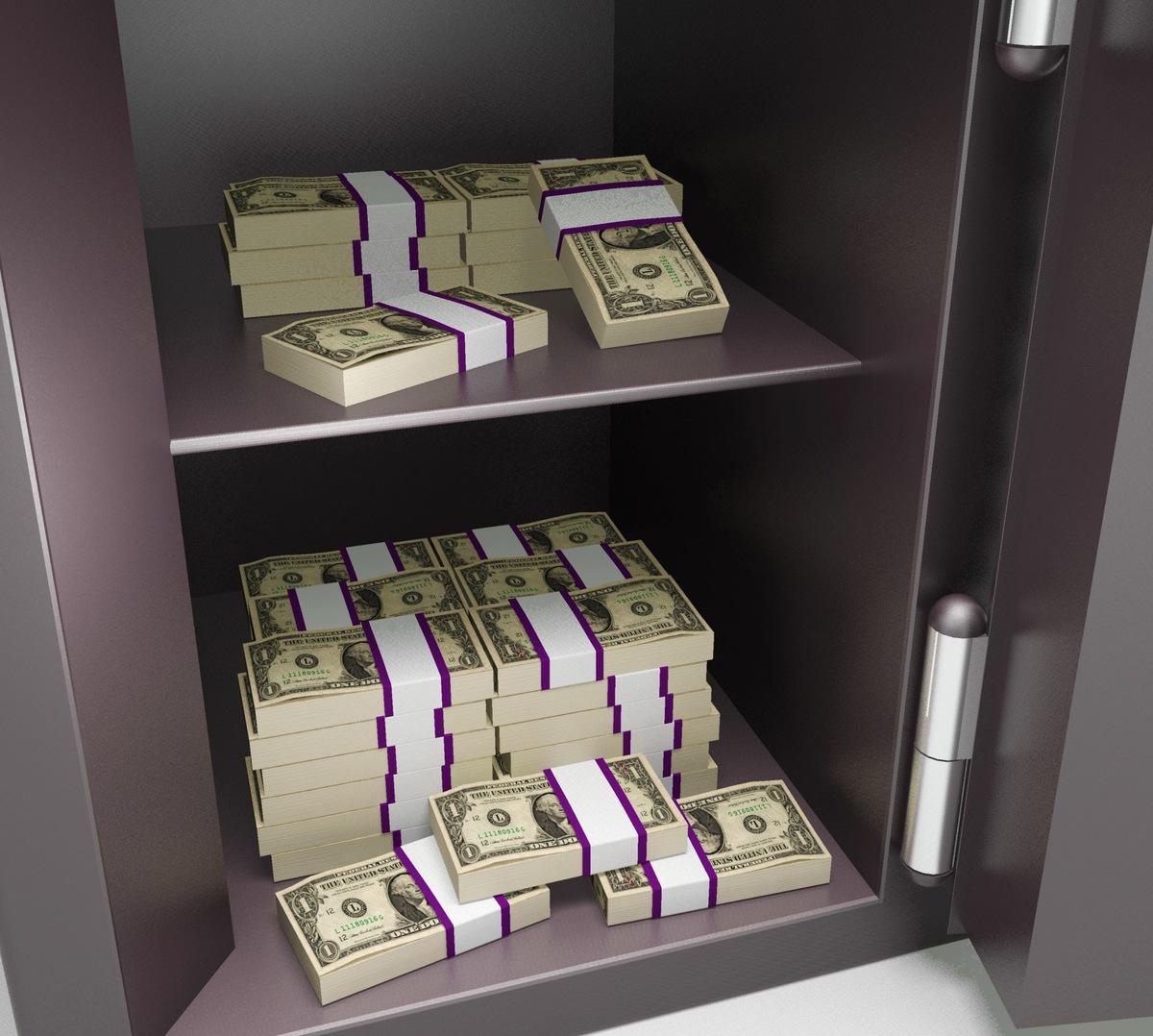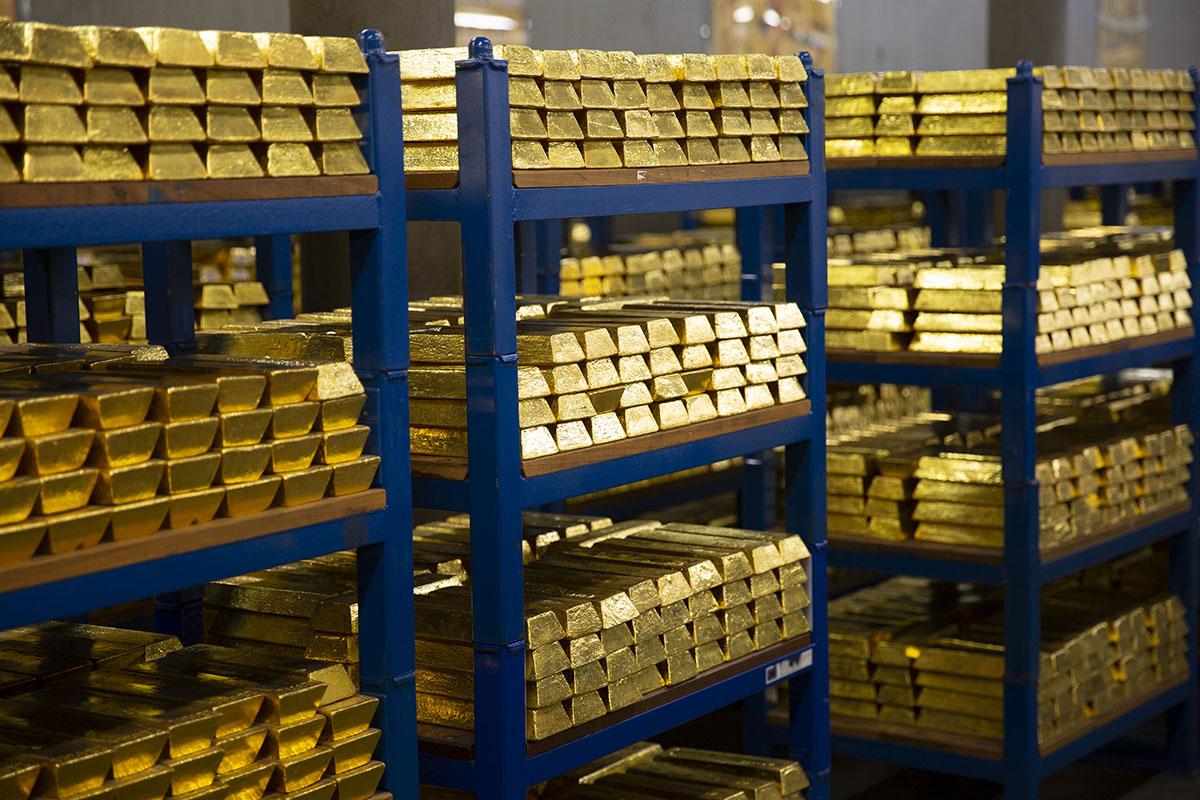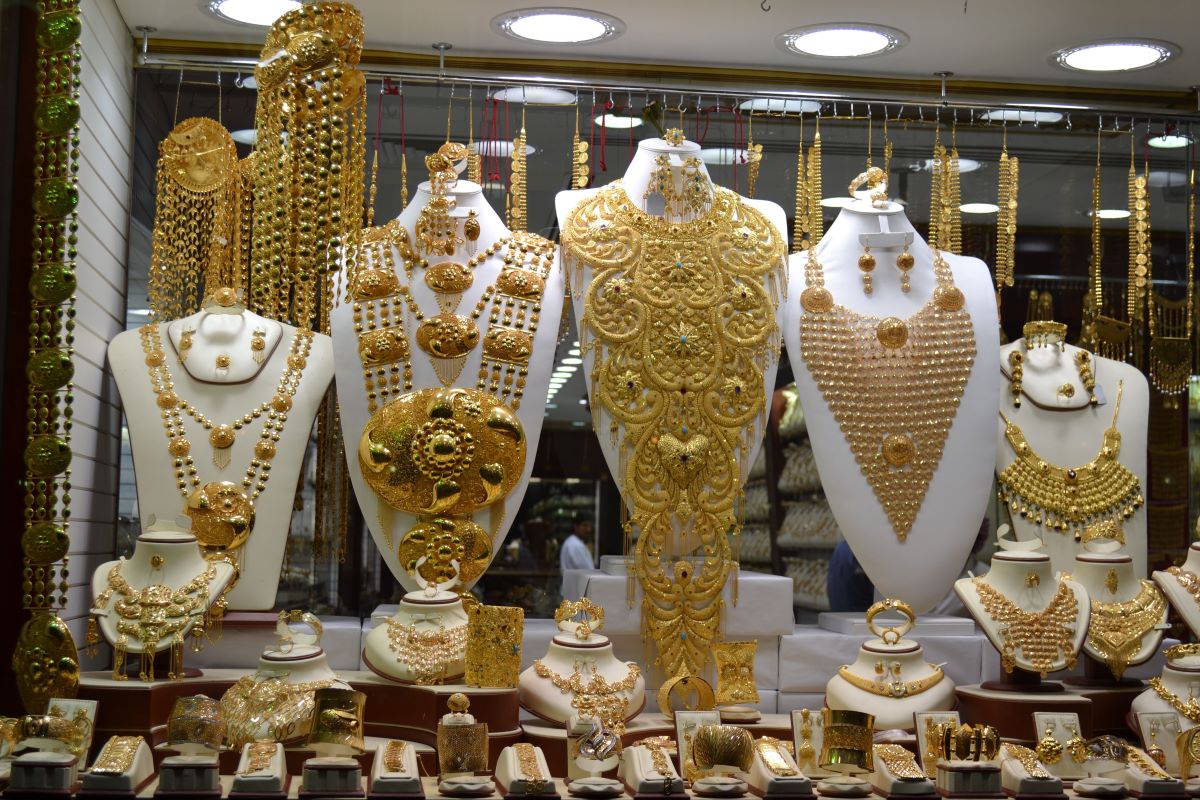Home> How To Store Jewelry & Valuables
How to Store Jewelry & Valuables: Ultimate Storage Guide
Discover how to store jewelry & valuables with our comprehensive guide. Protect your precious items with expert tips, innovative storage ideas, safety, and more!
